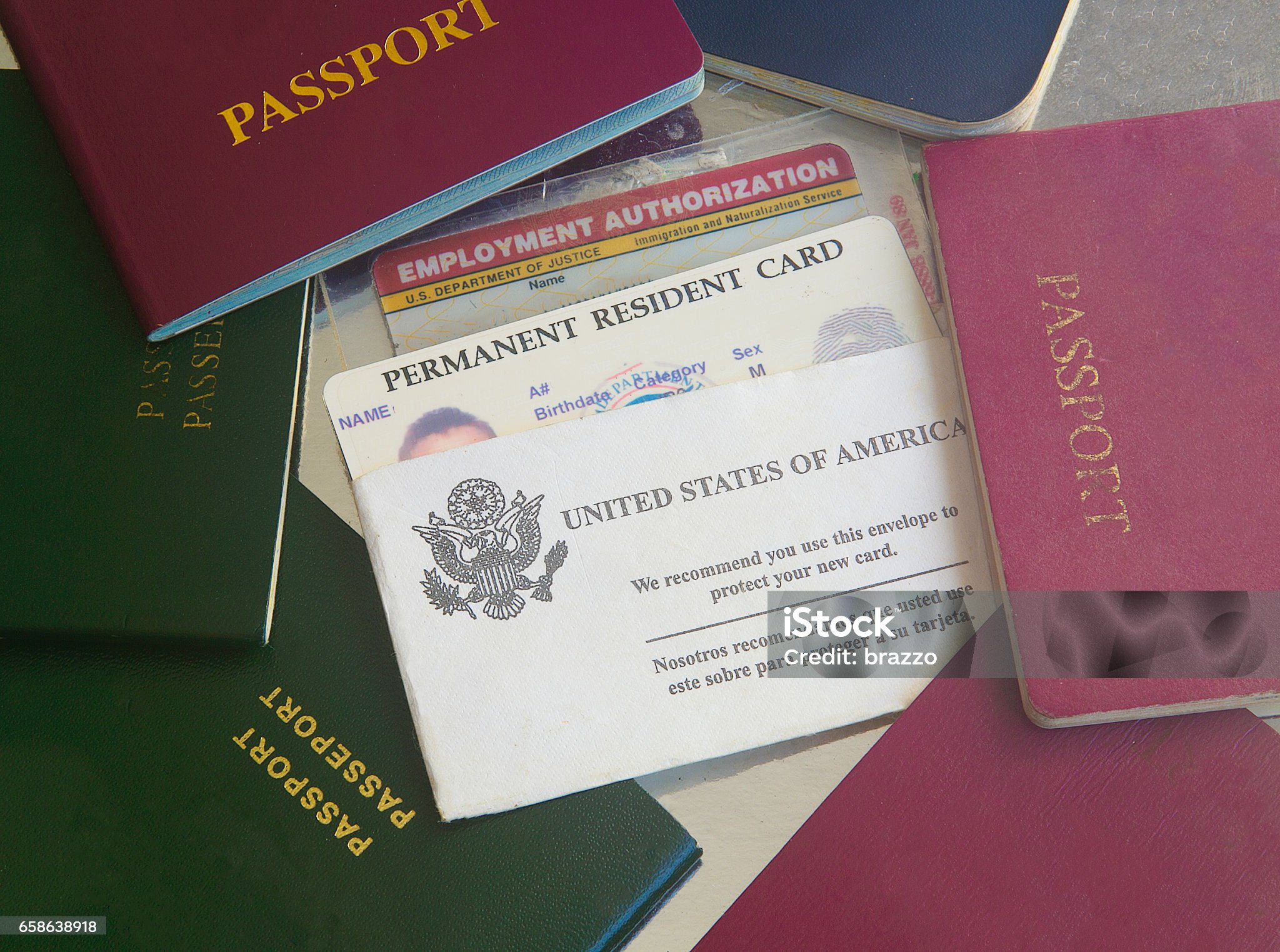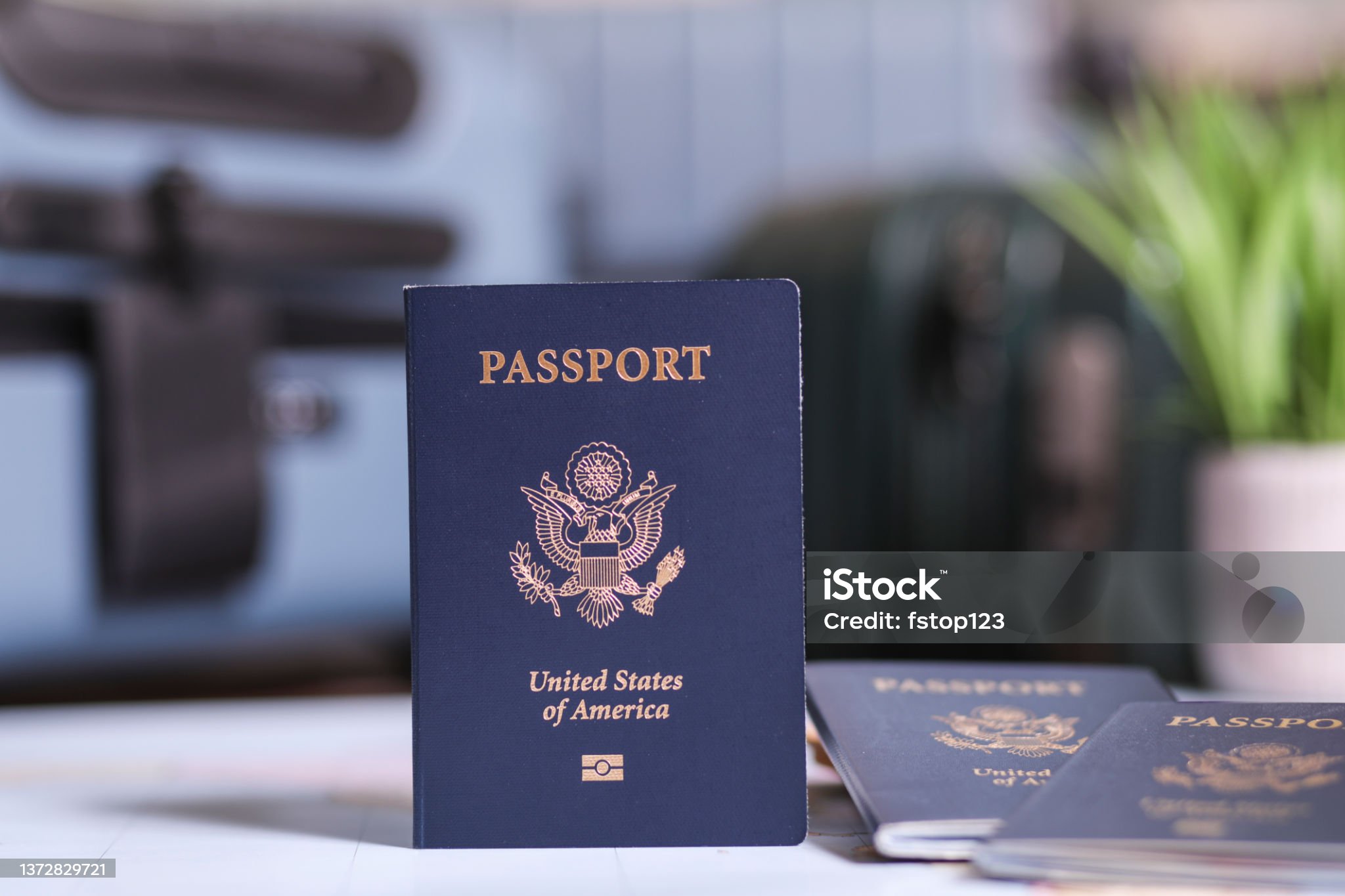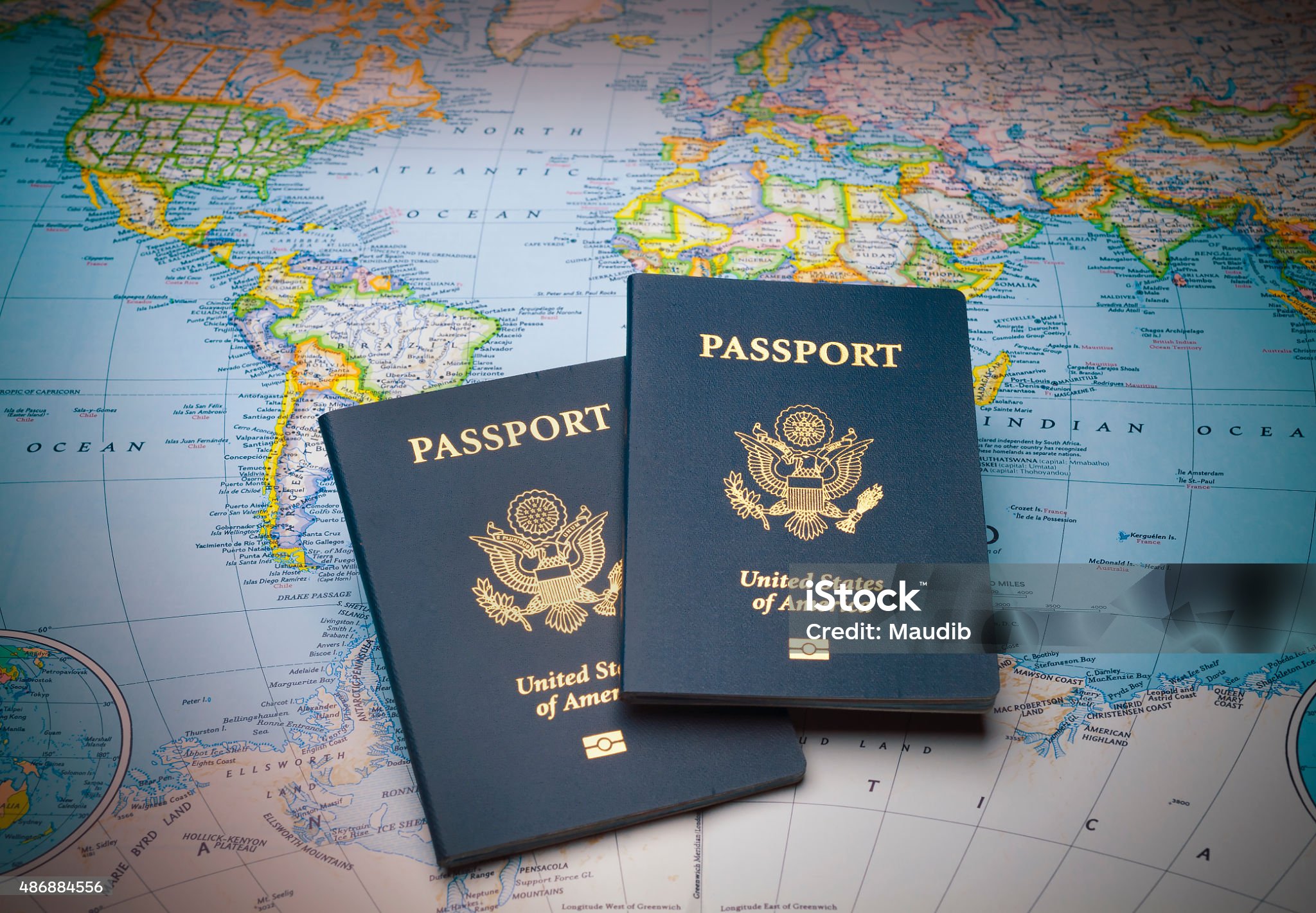Comprehensive Overview of Governing Laws for Digital IDs plus Anti-Fraud Measures
Comprehensive Overview of Governing Laws for Digital IDs plus Anti-Fraud Measures
Blog Article

1. Introduction to Personal Identification Documents
Personal identification documents are crucial for both individuals and society. Serving as "permissions" and "access tools," these documents ensure smooth societal operations. There are different kinds of identification documents, each serving a specific purpose. Take, for instance, a copyright, which authorizes one to operate a vehicle, and a copyright, which demonstrates citizenship and enables global travel. These documents are the most useful from a personal point of view and play a crucial role in the transaction of contracts, for example, to get a job, to access services, to buy insurance, or to rent a car. Often, financial institutions may need to verify these documents when dealing with borrowers who appear unreliable or have poor credit histories. Such identification acts both as an identification method and as legal clearance for various functions.
Identification documents weren't always as integral to daily life as they are in modern times. Their significance has evolved with the changing legal and security landscapes. Advances in information technology allow organizations to create highly secure systems that surpass the ID technologies accessible to the public. Numerous nations are transitioning to biometric-based standards for national IDs. A few countries have already put electronic exit systems into practice.
A person's identification documents serve as a formal confirmation of their legal standing. The "real identification" acknowledged universal documents include passports, copyright, copyright, and driver's licenses at both the international and national levels. Many people store their identification documents securely under lock and key and can easily access them whenever needed.
In this discussion, we highlight the importance and authenticity of various documents, including IDP, Real ID, copyright, copyright, copyright, and resident permits, aiming to educate on their relevance. Educational staff and the general public need to be informed about these documents, and this knowledge could help prevent their loss or aid in their recovery. This information is intended for both domestic and international readers to ensure they do not miss the most important documents they need for their own knowledge and ideals.
2. Laws and Regulations Pertaining to Identification Documents
The governance of identification documents is subject to varying laws and regulations across different jurisdictions. These documents are provided to individuals through authorized issuing entities in accordance with rules designed to maintain their integrity. In some cases, identification documents are compulsory, while in other cases they serve as forms of verification or validation. It is the responsibility of the individual to follow the rules of the jurisdiction that governs the use of the document. In conclusion, individuals must comprehend the legal rules that pertain to their intended use of identification documents within any jurisdiction where they expect to act. For the most part, state or local government agencies are responsible for issuing, regulating, and limiting specific documents for designated transactions.
However, jurisdictional identification requirements can sometimes create conflicts for those traveling or doing business internationally. It is, therefore, a global concern when people feel wholly alienated when they travel from one country to another and do not comprehend the rules and regulations regarding identification documents. It would be impossible to detail every country’s specific identification rules here, but it is important to know, today and in the future, with nearly 200 countries bordering this globe and some 7 billion inhabitants who are traveling, trading, and doing business with each other. Failure to follow these rules may result in legal conflicts in foreign countries, where international reciprocity must then be considered. Failure to comply with such rules may lead to both civil and criminal penalties for violating laws related to privacy, identity, commerce, trade, or even human rights.
Public policies and protected rights may conflict when setting security rules for travel identification documents. That is, human rights can be at odds with public policies that demand strict identification measures to prevent terrorism. In recent years, the introduction of digital mobile driver’s licenses has pushed countries to clarify or draft laws governing their usage, as technology in this area continues to advance. Digital identification documents for travel have been held up as the next path for moving the world travel community. Even with the world moving toward mobile driver licenses, there will still be a need for a copyright, it seems, for some time into the future. 
The standard and evolution of mobile driver licenses and digital ID are also undergoing rapid change. Take California as an example: two years after passing its mobile copyright law, stakeholders are now ready to agree on formal rules for the first state-endorsed mobile license.
3. Comparative Analysis of International Driver’s License, Real ID, copyright, copyright, copyright, and Resident Permit
An International Driver’s License serves as a form of identification for individuals driving in foreign countries. The International Driver’s License was never developed by the UN or international organizations as a travel facilitation tool between countries.
The Real ID is intended to be a widely accepted identification for domestic travel, along with state-issued driver’s licenses and IDs that meet federal standards. The Real ID can also be employed to gain access to federal buildings and nuclear facilities. It is important to note that the Real ID is not a substitute for travel documents like passports, visas, or resident permits. Though some people may use it abroad as an identification and date of birth document, the Real ID is primarily intended for domestic use.
More specifically, passports are in the United States a form of original rather than derived identification. Passports are designed to protect citizens traveling internationally and to facilitate participation in non-mandatory diplomatic meetings or treaty discussions. This is the official, often administrative, use. The copyright also has, naturally, additional bureaucratic and personal uses. In order to travel abroad, especially across state borders, but in some states inter-regionally, the traveler must not only be fit to carry a copyright but also meet many other requirements.
copyright are records issued at birth that serve as the basis for acquiring passports and other identification documents. When comparing the two, copyright and passports may seem to have the same general function. However, a copyright has ongoing effects. Also, even if used to obtain a copyright, a copyright cannot lead to obtaining a “second copyright”. It is irrelevant to the second copyright unless the traveler intends to pursue an unlawful second nationality.
4. Security Features and Anti-Fraud Measures in Identification Documents
Several security measures are in place to prevent the counterfeiting, modification, and fraudulent usage of identification documents. For example, many ID cards and documents include advanced features like holograms, layered images, and laser-etched designs. Some ID cards also incorporate RFID chips, which store digital images and biometric information to boost security.
Many security features are either hidden or semi-hidden, such as special inks, watermarks, or microtext. Such security features are put in place to make ID documents extremely hard to copyright or alter. 
In general, the level of security of an copyright should correspond to the level of trust required. copyright security features, for example, don’t require the same level of security as passports, which are used for international travel, while driving licenses serve primarily domestic purposes.
Technological progress has enabled the development of increasingly complex security features for identification cards. Actively promoting and adopting new security technologies is crucial to staying ahead of those attempting to copyright or commit fraud with ID documents.
Moreover, it is also important to regularly review both current and future security elements and issuance procedures. This ensures that these features stay ahead of evolving threats that could undermine document security.
Furthermore, an effective anti-fraud document security program needs to employ both proactive and reactive strategies. Proactive strategies include actions such as education, public campaigns, service announcements, and security-focused events or workshops.
5. Conclusion and Future Trends in Identification Document Technology
This article examines the diverse forms of identification documents found around the world. Identification documents should be understood not only in terms of technical aspects like security features but also through the legal frameworks supporting their use in courtrooms.
My research shows different attitudes to the way a good document might be and how the value of the verification tool is variable according to the circumstances of where the document should be used. It would also be interesting to examine through ethnographic methods how the definition of a “good” identification document varies by country. Comparison studies shed light on how identification document legitimacy can differ, even among countries with similar systems.
Future trends in identification documents are rapidly evolving due to innovations in digital and technological fields. Technology is constantly enhancing the capabilities and security of standard identification documents like eIDs in response to mobile technology adoption. The main landmarks in this new convergence are biometrics and blockchain used as distributed ledgers.
The use of biometrics, particularly with “liveness” detection, will gather biometric information during personal verification, improving identity trustworthiness and mitigating the risk of digital identity fraud. It will go beyond our basic human rights recognized by international law and several constitutions. This access must remain as private as possible and the subject of consent.
The spread of digital identity can also lead to copyright issues related to exclusion. Not everyone has easy access to a digital identity in the first place. A so-called “identity gap” has emerged due to technological advances, which lead to unequal levels of access to identity verification across different parts of society.
Digital identity systems should be more systematically compared with physical identification documents. Besides verifying identities, these systems are used to assess risk in various transactional contexts. There should be more systematic research to see how offline verification rights can be applied in the context of digital identification systems.